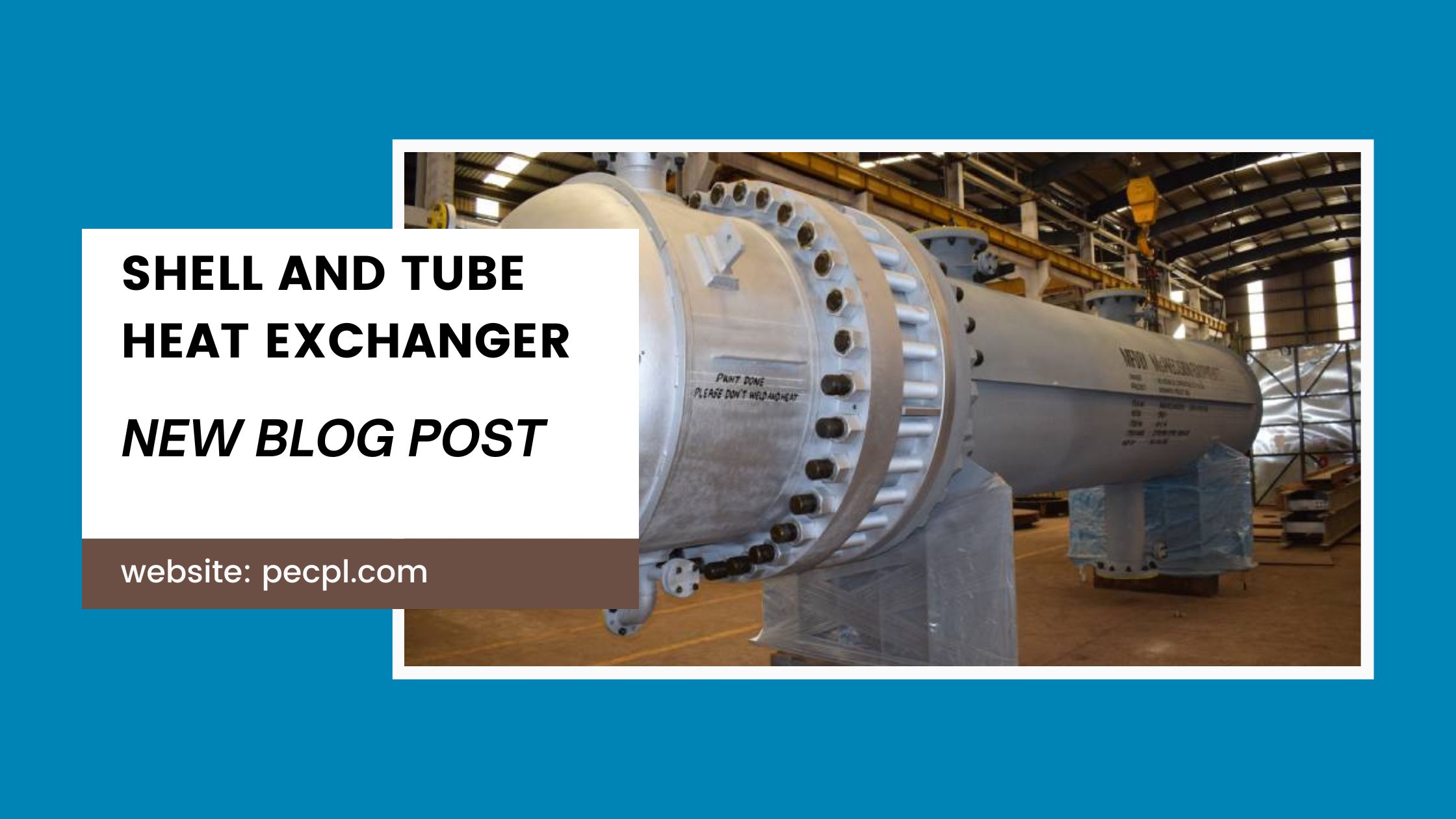Navigating The Price Landscape: Insight Into Shell And Tube Heat Exchanger Costs
- - Category: Industrial
- - 22 Feb, 2024
- - Views: 4
- Save
Precision and Pricing: Unraveling the Dynamics of Shell and Tube Heat Exchanger Investment

Shell and tube heat exchangers, prevalent in industries such as refineries, power plants, and chemical processing, are valued for their versatility and durability. This article explores the intricate factors influencing the pricing of these heat exchangers, aiding in informed investment decisions. The key considerations include size, complexity, materials, high-pressure requirements, customization, and the importance of working with reputable manufacturers like Precision Equipments (PECPL).
Size and design complexity are fundamental price drivers. The heat transfer area, shell diameter, length, and the number of tube passes directly impact fabrication costs. Larger units with more intricate designs demand increased material usage and complexity, contributing to higher costs.
Material choices significantly influence pricing. Materials for shells, tubes, tube sheets, baffles, and other components, such as carbon steel, stainless steel, and exotic alloys, contribute to varying costs. High-pressure considerations for demanding applications involve thicker materials, advanced manufacturing techniques, and stringent quality testing, all influencing the overall price.
Customization and engineering contribute to cost variations. Highly customized designs and specialized features, such as expansion joints or complex tube layouts, may incur additional engineering time and manufacturing complexity, impacting the final price.
Working with reputable manufacturers like PECPL becomes essential for cost-effective solutions. PECPL's expertise in designing custom shell and tube heat exchangers, especially for high-pressure applications, ensures compliance with industry standards. Their global reputation underscores their commitment to quality and cost-effective solutions.
Additional factors influencing prices include market fluctuations, manufacturing location, and shipping/installation costs. Understanding these elements facilitates accurate cost comparisons, assessment of long-term value, and optimal unit selection for specific needs.
In conclusion, the price of a shell and tube heat exchanger results from a complex interplay of factors. This understanding empowers stakeholders to compare quotes, assess long-term value, and choose optimal units. Investing in quality with reputable manufacturers ensures not only performance but also greater cost-effectiveness over time.

